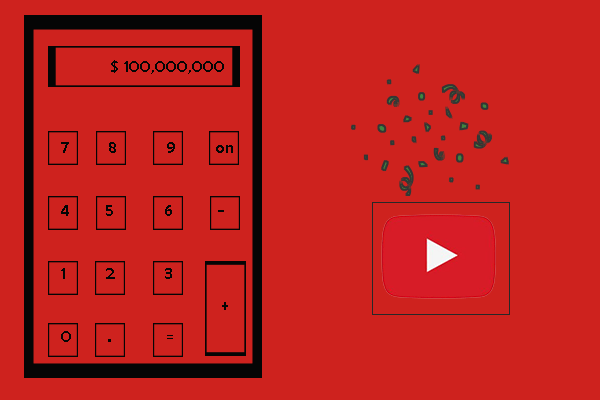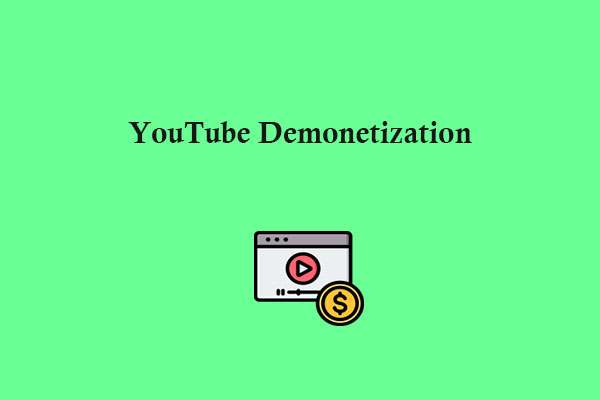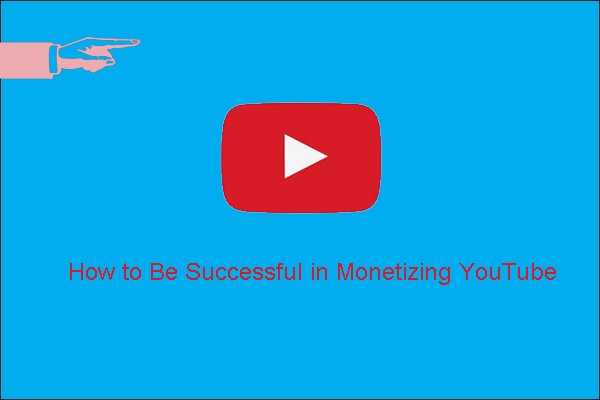As a YouTuber, you will need an in-depth guide into CPM. Read on to get what you need.
What Is CPM?
What does CPM stand for? CPM stands for “cost per mille”. Mille means “thousand” in Latin. So, CPM determines how much money a YouTuber can make per thousand views.
CPM is paid to YouTube by companies that may advertise on your videos, and these companies charge a percentage, as well as a percentage of YouTube users.
How Do You Make CPM?
In order to make money from YouTube, you must have an AdSense account and allow advertising on your videos. These ads usually appear as the form of mid-rolls which means the ads that play in your video, similar to how CTV ads work.
The length of the video depends on how many ads you can insert, and the overall content of the video will determine whether it can be advertised or not.
Over the past few years, advertisers have become increasingly strict with YouTube, and many of the videos uploaded today can’t be advertised at all. This includes videos including heavy language, controversial topics, and anything that might offend someone.
If you want to do a decent CPM, you will have to consider taking steps to make your content ad-friendly.
You also have to think about things like SEO practices, so that more traffic gets to your videos and more people can find you. There are some companies that will do YouTube SEO for you, and in the long run, it’s worth investing in.
How Much CPM Does YouTube Take?
Your CPM is split before it is sent to you. YouTube takes 45% of the CPM as their share, so if you get a CPM of $10 (which is pretty high), you’re actually getting $4.50 per 1,000 views.
That’s a pretty big cut, and it’s an incentive for YouTubers to get a lot of views and create a lot of content if they want to make a decent amount of money from their videos.
YouTuber CPM split is called RPM, or Revenue per Mille. To get a larger RPM, you need to get a larger CPM.
What Hurts Your YouTube CPM?
The easiest way to hurt your YouTube CPM is to produce content that is unfriendly to advertisers, as mentioned earlier. This means removing any inappropriate language or pictures, avoiding sensitive political topics and issues, and generally keeping things family-friendly.
YouTube has been rolling out new rules to stop harassment on the site and make it more favorable to advertisers. The company’s latest attempt is to implement an updated “anti-bullying and hate speech” policy to punish repeat offenders.
The rules are understandably vague and have generated a lot of opposition. Certain words and phrases that appear alone in your title or video limit your ability to host ads, even if the context isn’t hurtful or provocative. It’s more important than ever to cover all the bases and make a video monetizable, even if you end up vetting something that looks silly.
Bottom Line
That’s all the information you need to know about YouTube CPM. Hope you have known more about it right now. If you want to know more information about YouTube, you can continue to browse our website.




